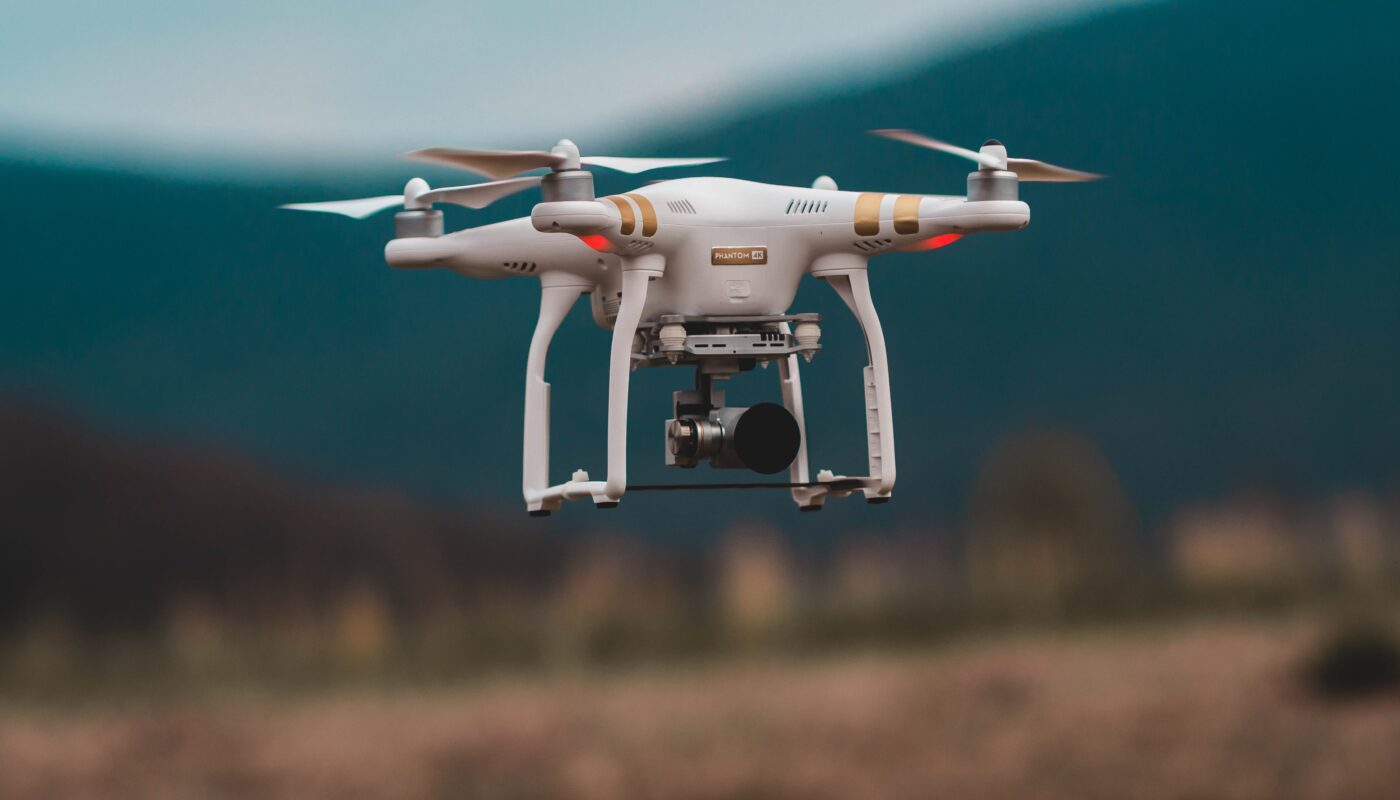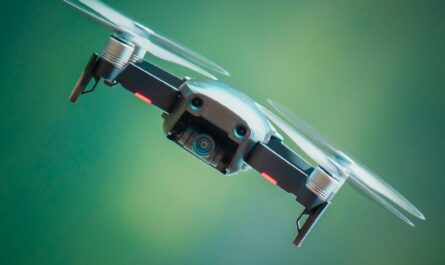Drones are becoming increasingly popular for hunting, as they offer a more efficient and effective way to take down prey. Scientists are now teaching drones how to hunt, using different techniques to help them succeed.
What are drones
Drones are unmanned aerial vehicles (UAVs), which are aircraft that are operated by remote control or autonomously by onboard computers. They come in a variety of shapes and sizes, and can be used for a variety of purposes, including surveillance, photography, and even delivery.
Some drones are equipped with cameras and can be used to provide a bird’s-eye view of an area. Others are equipped with weapons and can be used for hunting or military purposes.
Scientists are now teaching drones how to hunt down their targets using a process called ‘swarm intelligence’. This involves a group of drones working together to track and capture their prey.
The process starts with one drone finding its target. It then sends information about the target’s location to the other drones in the group. The group then works together to track down the target and capture it.
So far, this process has been used to successfully hunt down rats, snakes, and even deer. It is hoped that this technology can be used in the future to help protect endangered animals from poachers.
How do drones work
There are three main types of drones: those that are controlled by a person on the ground, those that are controlled by another drone, and those that fly autonomously.
The first type of drone is the most common and is what most people think of when they hear the word “drone.” These drones are controlled by a person on the ground using a remote control. They usually have a camera on board so the person controlling them can see where they are going.
The second type of drone is less common and is used mostly by military organizations. These drones are controlled by another drone or by a person on the ground using a computer. They usually have sensors on board so they can avoid obstacles and detect targets.
The third type of drone is the newest and is starting to be used more and more for commercial purposes. These drones are autonomous, meaning they do not need to be controlled by a person. They have sensors on board that allow them to avoid obstacles and make decisions about where to go.
What are the different types of drones
The four main types of drones are fixed-wing, multirotor, single-rotor, and hybrid.
Fixed-wing drones are more aerodynamic and therefore can fly for longer periods of time. They are well suited for long-distance travel and can cover large areas quickly. Multi rotor drones are more agile and can take off and land vertically. This makes them well suited for aerial photography and mapping as they can hover in place and rotate to get the perfect shot. Single rotor drones are similar to helicopters and can also take off and land vertically. They are stable in the air and capable of carrying heavy payloads but are less agile than multirotors. Hybrid drones combine the best features of fixed-wing and rotary-wing drones and can take off like a helicopter but fly like a plane.
Scientists are teaching drones hunt down
Drones are ideal for hunting as they can be equipped with high-quality cameras and sensors, and can be deployed quickly and quietly. There are a number of different techniques that can be used when hunting with drones, and the most effective method will vary depending on the hunted animal.
One popular method is to use a drone fitted with a thermal camera to locate animals in low light conditions. This can be especially effective in finding deer, as their bodies are good conductors of heat and they stand out clearly against the cooler background. Once the animal has been located, the drone can be used to track its movements and direct hunters to its location.
Another common technique is to use a bait station. This involves flying the drone over an area where animals are known to frequent and dropping a bait station, which is usually a container of food or attractant. The camera on the drone can then be used to monitor the bait station and see when an animal arrives. This method is often used by researchers to study animals in their natural environment without disturbing them.
Hunting with drones is a relatively new practice, but it is growing in popularity as more people become aware of its potential. With the right equipment and planning, drones can be an extremely effective tool for hunters of all skill levels.
What are the benefits of using drones in hunting
There are many benefits to using drones in hunting. They allow hunters to cover more ground, scout potential hunting areas, and even track and shoot game.
One of the biggest advantages of using drones in hunting is that they can help hunters cover more ground. This is especially helpful when hunting large game such as deer or elk. Drones can also be used to scout potential hunting areas before heading out on a hunt. This can help hunters save time and energy by only searching areas that are likely to hold game.
Another benefit of using drones in hunting is that they can be used to track and shoot game. Drones equipped with cameras and GPS tracking devices can be used to track game animals from a distance. This information can then be used to plan the perfect shot. Some drones even come equipped with missiles or other weapons, making them ideal for taking down large game animals.
What are the challenges of using drones in hunting
While drones offer a more efficient and effective way to hunt down prey, there are still some challenges that need to be addressed. For example, when using drones to track animals, it can be difficult to determine when the animal is actually in range to be shot. In addition, if the animal is wounded, it may be difficult to find and retrieve it. There are also ethical concerns about using drones to hunt, as some people argue that it is not sporting.
What is the future of drones in hunting
The possibility of using drones in hunting has been gaining popularity in recent years. Some hunters argue that drones offer a more efficient and effective way to track and kill prey, while others argue that drones are unethical and disrupt the natural balance of the ecosystem.

